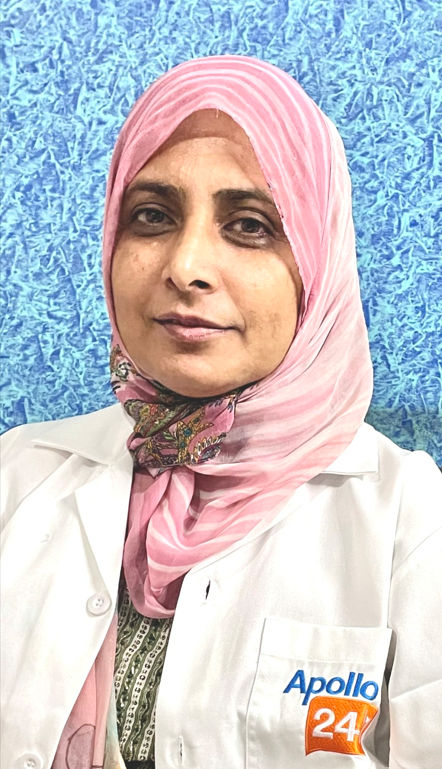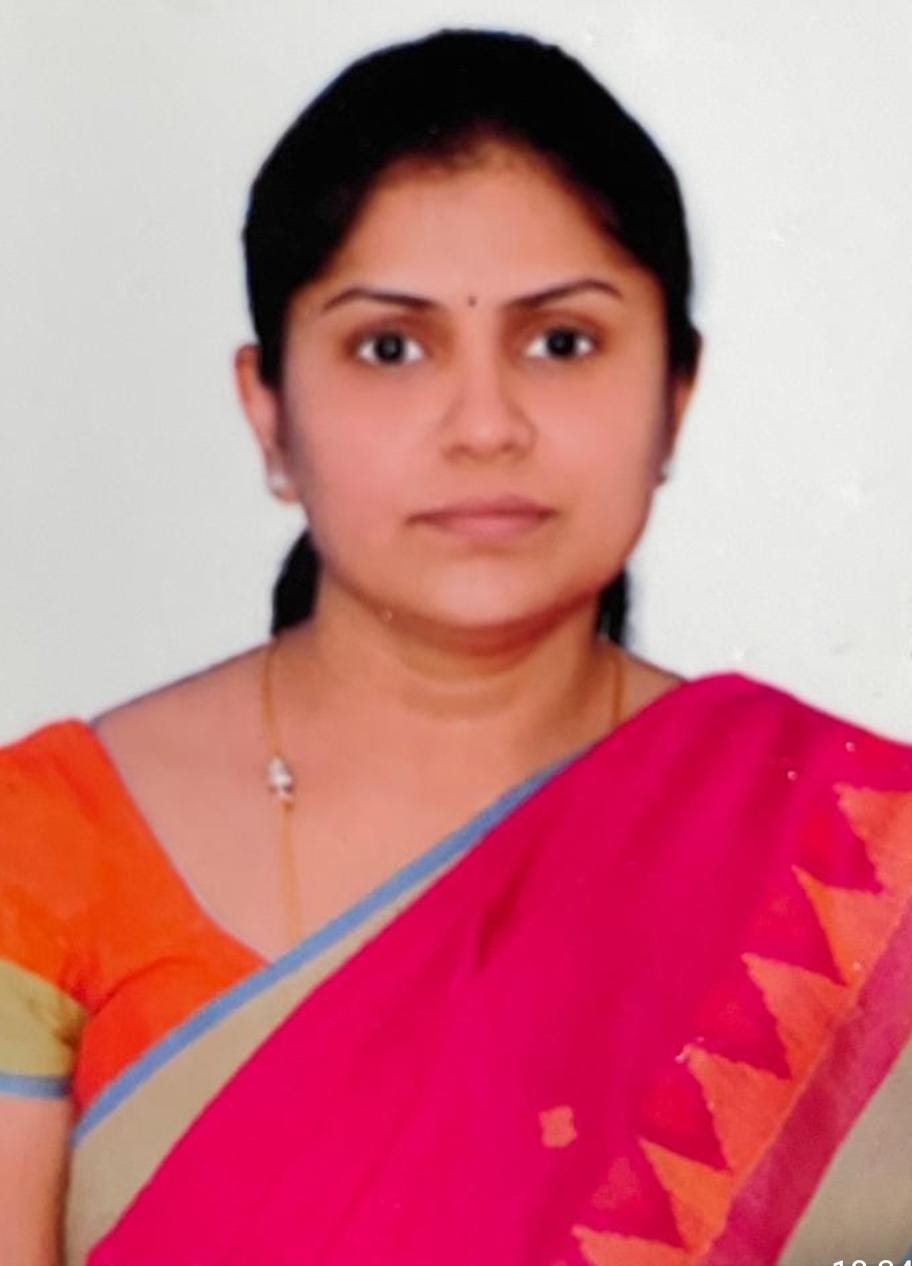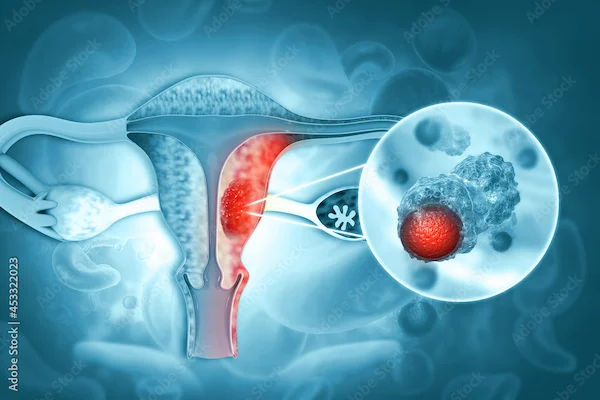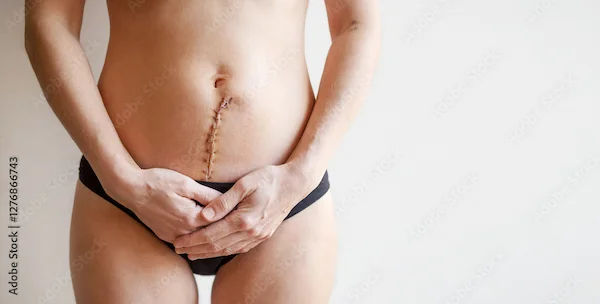Da Vinci Hysterectomy Recovery: Know About Belly Swelling and Everything Related
Description: Discover what to expect during Da Vinci hysterectomy recovery, including insights into belly swelling, healing timelines, and tips for a smoother post-surgery experience.

Written by
Last updated on 3rd Jul, 2025
Introduction
Undergoing a Da Vinci hysterectomy (a minimally invasive robotic-assisted surgery to remove the uterus) can be a life-changing decision for many women. While the procedure is less invasive than traditional open surgery, recovery still requires patience and care. One common concern after surgery is belly swelling, which can be uncomfortable but is usually temporary. This article will guide you through what to expect during recovery, why belly swelling happens, and how to manage it effectively.
Understanding Da Vinci Hysterectomy Recovery
A Da Vinci hysterectomy uses small incisions and robotic precision, leading to:
Less pain than traditional surgery
Shorter hospital stay (often just 1 day)
Faster recovery (typically 2-4 weeks for most activities)
However, even with these advantages, your body still needs time to heal.
Common Post-Surgery Symptoms
Some of the common post-surgery symptoms are:
Belly swelling (bloating)
Mild pain or discomfort
Fatigue
Light spotting or discharge
Gas or bloating (due to CO₂ used during surgery)
Most of these symptoms improve within a few weeks, but swelling may take longer to fully resolve.
Consult Top Specialists for Personalised Tips
Why Does Belly Swelling Happen After Hysterectomy?
Swelling (also called "swelly belly") is normal and happens due to:
1. Inflammation: Your body sends extra fluid to heal the surgical area.
2. Lymphatic fluid buildup: The lymphatic system helps remove waste, and surgery can temporarily slow it down.
3. Gas from surgery: The CO₂ used to inflate the abdomen during surgery can cause bloating.
4. Muscle weakness: Core muscles may be temporarily weaker, making swelling more noticeable.
Swelling usually peaks in the first 1-2 weeks and gradually improves over 4-6 weeks, thoughsome women notice it for a few months.
Tips to Reduce Belly Swelling and Speed Up Recovery
Some of the tips to reduce belly swelling and speed up recovery are:
1. Rest, But Stay Gently Active
First week: Focus on rest and short walks (5-10 mins every few hours) to improve circulation.
After 2 weeks: Gradually increase movement (avoid heavy lifting or intense workouts for 6 weeks).
2. Use Ice or Heat
Ice packs (wrapped in a cloth) can reduce swelling in the first few days.
Warm compresses later on can help relax muscles and improve blood flow.
3. Wear Loose, Comfortable Clothing
Avoid tight waistbands that put pressure on your abdomen.
Some women find light abdominal binders helpful (ask your doctor first).
4. Stay Hydrated & Eat a Healing Diet
Drink plenty of water to flush out excess fluids.
High-fibre foods (fruits, veggies, whole grains) prevent constipation (which worsens bloating).
Limit salty foods to reduce water retention.
5. Manage Gas and Bloating
Peppermint tea or simethicone (Gas-X) can help with trapped gas.
Gentle abdominal massage (after doctor’s approval) may aid digestion.
6. Elevate Your Feet When Resting
Helps reduce fluid buildup in the abdomen.
7. Avoid Straining
No heavy lifting (>10 lbs) for at least 6 weeks.
Use a pillow to support your belly when coughing or laughing.
When to Worry About Belly Swelling?
While swelling is normal, contact your doctor if you notice:
Sudden, severe swelling
Pain that worsens instead of improving
Redness, warmth, or fever (signs of infection)
Difficulty breathing (rare but serious)
Long-Term Recovery: What to Expect
Things to expect during the long-term recovery process:
2-4 weeks: Most women return to light work (desk jobs).
6 weeks: Doctor may clear you for exercise, sex, and heavier activities.
3-6 months: Swelling should fully subside, though some women notice minor changes longer.
Conclusion
Recovering from a Da Vinci hysterectomy is usually smoother than traditional surgery, but belly swelling is a normal part of healing. With rest, gentle movement, hydration, and a healthy diet, you can help your body recover comfortably. If swelling persists or causes concern, don’t hesitate to reach out to your healthcare provider.
Consult Top Obstetrics and Gynaecology Surgeon
Consult Top Specialists for Personalised Tips

Dr. Shailaja L
Obstetrician and Gynaecologist
16 Years • MBBS, MS
Bangalore
Apollo 24|7 Clinic - Karnataka, Bangalore

Dr. Alapati Jyotsna
Obstetrician and Gynaecologist
4 Years • MBBS MS Obstetrics and Gynaecology
Visakhapatnam
Apollo 24|7 Clinic - Andhra Pradesh, Visakhapatnam

Dr Swatika Kumari
Obstetrician and Gynaecologist
19 Years • MBBS, DGO, DNB Obstetrics & Gynaecology
Nashik
Apollo 24|7 Clinic - Maharashtra, Nashik

Dr Homeira Nishat
Obstetrician and Gynaecologist
34 Years • MBBS, Diploma in Obstetrics & Gynaecology
Bengaluru
Cure Hospital and Clinic, Bengaluru

Dr. Sangeetha M
Obstetrician and Gynaecologist
20 Years • MBBS,Dipolma in Obstetrics & Gynaecology
Bansdroni
Siddhita Healthcare., Bansdroni
Consult Top Obstetrics and Gynaecology Surgeon

Dr. Shailaja L
Obstetrician and Gynaecologist
16 Years • MBBS, MS
Bangalore
Apollo 24|7 Clinic - Karnataka, Bangalore

Dr. Alapati Jyotsna
Obstetrician and Gynaecologist
4 Years • MBBS MS Obstetrics and Gynaecology
Visakhapatnam
Apollo 24|7 Clinic - Andhra Pradesh, Visakhapatnam

Dr Swatika Kumari
Obstetrician and Gynaecologist
19 Years • MBBS, DGO, DNB Obstetrics & Gynaecology
Nashik
Apollo 24|7 Clinic - Maharashtra, Nashik

Dr Homeira Nishat
Obstetrician and Gynaecologist
34 Years • MBBS, Diploma in Obstetrics & Gynaecology
Bengaluru
Cure Hospital and Clinic, Bengaluru

Dr. Sangeetha M
Obstetrician and Gynaecologist
20 Years • MBBS,Dipolma in Obstetrics & Gynaecology
Bansdroni
Siddhita Healthcare., Bansdroni



